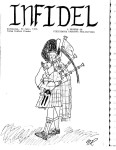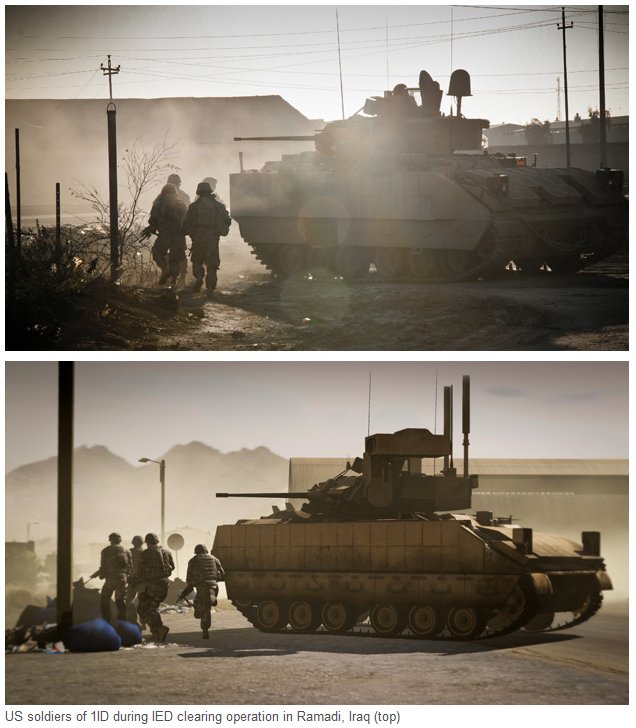Explanation of the headline: gaming in the 70’s was like being into punk because it was very much an outsider interest, you had to go well out of your way to find it, and it was cool (at least to you, not so much to your family and non-gaming friends). Peter Bebergal finds online caches of some of the classic gaming magazines of the day:
The Internet Archive is one of the great treasures of the internet, housing content in every media; texts, video, audio. It’s also the home of the Wayback Machine, an archive of the Internet from 1996. I thought I had explored the site pretty thoroughly — at least according to my own interests — but recently came across runs of some of the great gaming magazines of the 1970s and 80s; The Space Gamer, Ares, Polyhedron, The General, and — temporarily — Dragon Magazine. These magazines represent not only the golden age of gaming, but expose the thrill and excitement of gaming when it was still new, still on the margins. It was a time when gaming still felt a little, dare I say, punk.
Today, finding members of your particular community of interest is a Google search away, but in the 1970s the only way to be in contact with others who shared interests was through magazines. For many gamers, even finding the games could be difficult. Discovering the gaming magazines revealed an active gaming industry that still maintained a sense of being on the vanguard.
The earliest issues show off their newsletter origins. The Space Gamer and The General started off on plain paper in black and white. Even the first issues of Dragon look like a teenager’s fanzine, but the enthusiasm and energy are infectious. Who couldn’t love the introduction of new monsters for your campaign such as the Gem Var, a creature composed entirely of gemstone and that cannot take damage from bladed weapons. The artists, editors and letter writers were the best friends you had never met. Gaming in the 1970 and 80s felt a little like being into punk rock. You knew it was offbeat, knew that outsiders didn’t get it, but you also knew that this was cool. Even the advertisements and listings of conventions expanded the universe of gaming a thousandfold. Not unlike ordering 45s of unknown bands from punk zines, was sending away for microgames, miniatures and supplements from tiny game publishers.
While I wasn’t as much into the early roleplaying games, I was very much into wargaming and that was in the “respectable” part of the gaming ghetto until the boom in RPGs pretty much took all the oxygen out of the room. Of course, even in the “respectable” area, there were the Napoleonic grognards and the frisson-of-insanity East Front fanatics…







